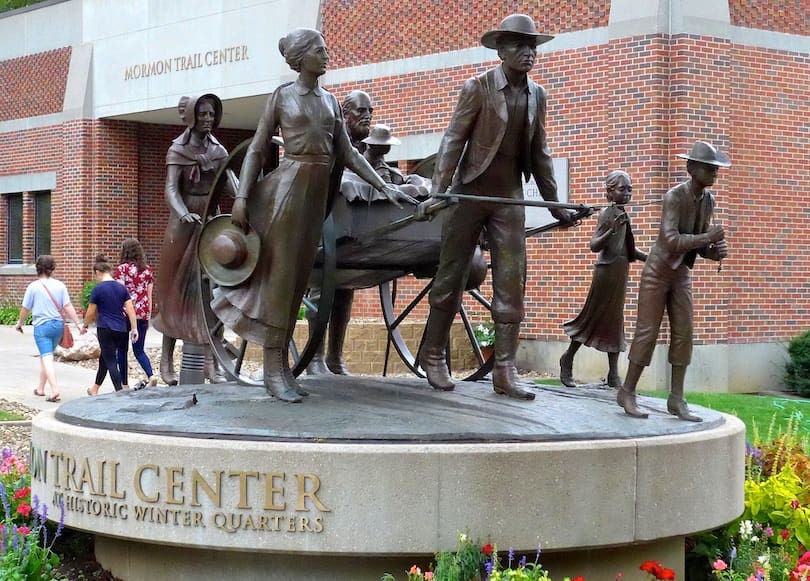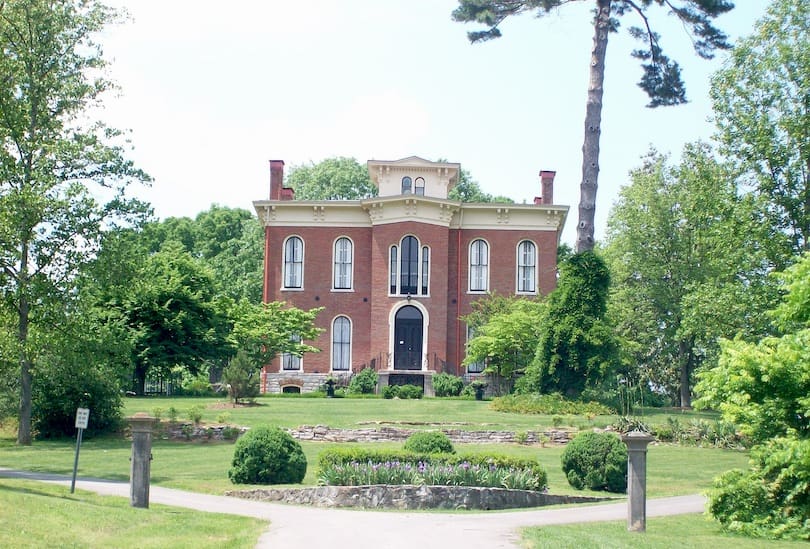The Napier Museum in Trivandrum, India, is a testament to the rich cultural heritage and history of the region. Established in 1855, the museum is named after Lord Napier, the then Governor-General of India. It is home to an impressive collection of artifacts, art, and cultural items that span different eras and civilizations. In this article, we will take a closer look at the Napier Museum and explore its history, collections, and significance in the modern world.
The History of Napier Museum
The Napier Museum was initially established as a natural history museum in 1855 by the Maharaja of Travancore, Uthram Thirunal Marthanda Varma. It was later renamed after Lord Napier, who was the Governor-General of India at the time. The museum was designed by Robert Chisholm, a British architect, and was completed in 1880. The building is a fusion of different architectural styles, including Kerala, Mughal, Chinese, and Italian.
Collections and Exhibitions
The Napier Museum houses an extensive collection of artifacts and art from different periods and regions. Some of the most notable collections include:
The Bronze Gallery
The Bronze Gallery is home to an impressive collection of bronze sculptures from the 8th to 18th centuries. These sculptures were crafted by artisans from different regions of South India and depict various deities and mythological characters.
The Natural History Section
The Natural History Section showcases the flora and fauna of the region. It features a variety of specimens, including rare and endangered species.
The Numismatics Gallery
The Numismatics Gallery displays a collection of coins and currency from different periods of Indian history. The collection includes coins from the Gupta, Kushan, and Mughal empires.
The Contemporary Art Gallery
The Contemporary Art Gallery showcases the works of modern artists from India and around the world. It features a range of mediums, including paintings, sculptures, and installations.
Significance in the Modern World
The Napier Museum is not just a repository of artifacts and art. It also serves as a symbol of the cultural identity and history of the region. The museum plays a crucial role in preserving and promoting the rich heritage of South India. It is also a popular tourist destination, attracting visitors from all over the world.
Visiting the Napier Museum
Visiting the Napier Museum is a must for anyone interested in the history and culture of South India. The museum is open from Tuesday to Sunday, from 10 am to 4:45 pm. Admission fees are nominal, and guided tours are available.
Conclusion
The Napier Museum in Trivandrum is a treasure trove of history, culture, and art. It is a testament to the rich heritage of South India and serves as a symbol of the region’s identity. Whether you are a history buff or an art enthusiast, the Napier Museum is a must-visit destination that offers a fascinating glimpse into the past.
FAQs
- How old is the Napier Museum?
- The museum was established in 1855.
- What are the museum’s opening hours?
- The museum is open from Tuesday to Sunday, from 10 am to 4:45 pm.
- What is the significance of the Napier Museum?
- The museum serves as a symbol of the cultural identity and history of South India.
- What are the most notable collections at the museum?
- The most notable collections include the Bronze Gallery, the Natural History Section, the Numismatics Gallery, and the Contemporary Art Gallery.
- How much is the admission fee for the Napier Museum?
- The admission fee is nominal and varies for Indian and foreign visitors.
- What is the best time to visit the Napier Museum?
- The museum can be visited throughout the year, but the best time to visit is from October to March when the weather is pleasant.
- Are photography and videography allowed inside the museum?
- Photography and videography are allowed inside the museum, but visitors need to pay an additional fee for the same.
- Is there a dress code for visiting the museum?
- There is no specific dress code, but visitors are advised to dress modestly out of respect for the cultural significance of the museum.
- Are there any restrictions on touching the exhibits?
- Yes, visitors are not allowed to touch the exhibits to prevent any damage or wear and tear.














A person essentially assist to make seriously articles I might state. That is the first time I frequented your web page and thus far? I amazed with the research you made to create this particular submit amazing. Wonderful job!
My developer is trying to convince me to move to .net from PHP. I have always disliked the idea because of the expenses. But he’s tryiong none the less. I’ve been using Movable-type on numerous websites for about a year and am concerned about switching to another platform. I have heard very good things about blogengine.net. Is there a way I can transfer all my wordpress posts into it? Any help would be really appreciated!